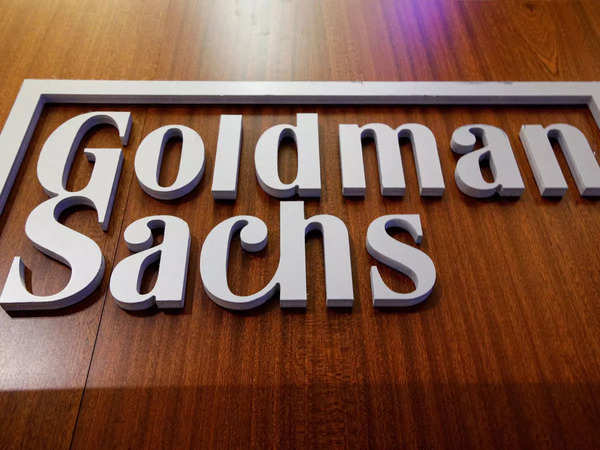The US Federal Reserve on May 4 raised the benchmark lending rate by 50 basis points, in what is being viewed as the sharpest increase in over two decades. The increase in the Fed’s key rate raised it to a range of 0.75 percent to 1 percent, the highest point since the pandemic struck two years ago. The half-point surge, the most aggressive since 2000, suggested that further large rate hikes are likely to come.
The U.S. central bank’s policy-setting Federal Open Market Committee on Wednesday voted unanimously to increase the benchmark rate by a half percentage point. It will begin allowing its holdings of Treasuries and mortgage-backed securities to decline in June at an initial combined monthly pace of $47.5 billion, stepping up over three months to $95 billion.
“Inflation is much too high and we understand the hardship it is causing and we are moving expeditiously to bring it back down,” Chair Jerome Powell said after the decision in his first in-person press conference since the pandemic began. He added that there was “a broad sense on the committee that additional 50 basis-point increases should be on the table for the next couple of meetings.”
Policy makers, who widely signaled their intention to step up the pace of rate increases, are trying to curb the hottest inflation since the early 1980s, when then-chair Paul Volcker drastically raised rates and crushed the economy in the process. They hope that this time around that the combination of higher borrowing costs and a shrinking balance sheet will deliver a soft landing that avoids recession while tamping down inflation.

The personal consumption expenditures price index, the Fed’s preferred gauge, rose 6.6% in the year through March, more than triple the central bank’s goal — and a growing number of critics say the central bank waited too long to be able to stamp out inflation without causing a recession. Powell himself even told Congress in early March: “Hindsight says we should have moved earlier.”
Inflation, according to the Fed’s preferred gauge, reached 6.6% last month, the highest point in four decades. Inflation has been accelerated by a combination of robust consumer spending, chronic supply bottlenecks and sharply higher gas and food prices, exacerbated by Russia’s war against Ukraine.
Starting June 1, the Fed said it would allow up to $48 billion in bonds to mature without replacing them, a pace that would reach $95 billion by September. At September’s pace, its balance sheet would shrink by about $1 trillion a year.
U.S. stocks rallied across the board Wednesday after Fed Chair Powell in the press conference ruled out larger rate hikes and emphasized the possibility of a soft landing — tamping down inflation without inducing a recession.
All 11 S&P 500 sectors were positive on the day in the last hour of trading.
Stocks leveraged to an improving economy were among the biggest winners. Energy was the top-performing sector. Financial names were also a leading group, with names like Bank of America and Wells Fargo jumping roughly 4%.
The threat of an economic slowdown increased sharply last week after U.S. GDP data showed that the economy contracted 1.4% in the first quarter of 2022, significantly missing expectations. Many economists dismissed the disappointing report noted that a lot of the weakness was due to trade imbalances. However, other economists note that rising inflation is starting to weigh on consumption, which will be a drag on activity.
Avery Shenfeld, senior economist at CIBC, compared the Fed’s challenge on monetary policy to landing a jet on an aircraft carrier: “the margin of error is tight.”
For many economists, inflation will be the key to whether or not the Fed can achieve a soft-landing.
